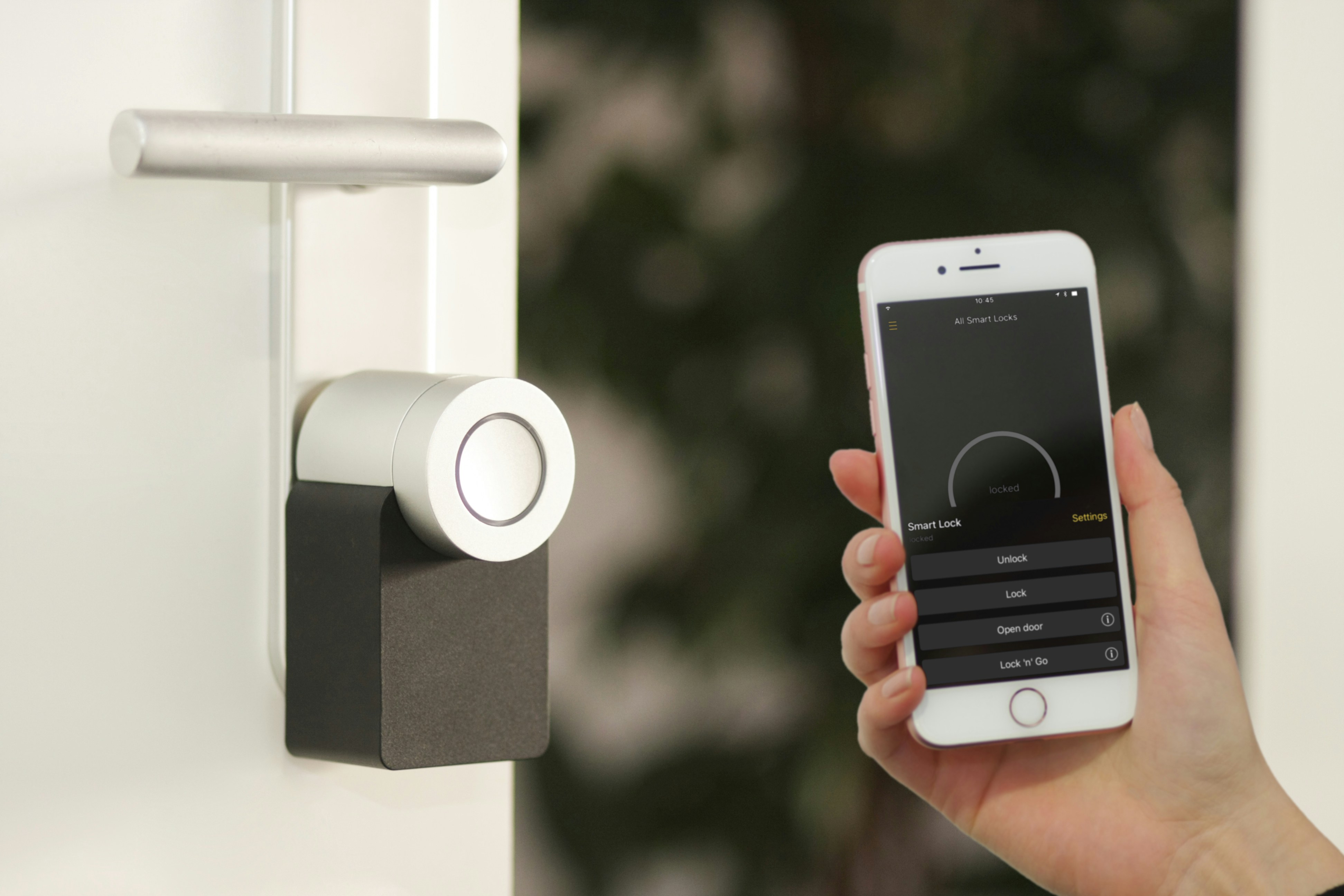The Future of Home Security: Why Smart Locks Are Replacing Traditional Keys
Smart locks are rapidly transforming the way we think about home security, offering a convenient and modern alternative to traditional keys. Instead of fumbling with metal keys, homeowners can now unlock their doors using smartphones, PIN codes, fingerprints, or even voice commands. This not only enhances convenience but also improves safety by eliminating the risks of lost or duplicated keys. With features like remote access, activity tracking, and integration with smart home systems, smart locks are becoming a preferred choice for households seeking both security and ease of use.

How do smart locks offer convenience beyond traditional keys?
Smart locks represent a significant leap forward in home access control, providing convenience that traditional keys simply cannot match. With a smart lock, homeowners can say goodbye to fumbling for keys in the dark or worrying about lost or stolen keys. Instead, these innovative devices offer multiple entry methods, such as:
-
Smartphone apps that allow remote locking and unlocking
-
Keypad entry for easy access without physical keys
-
Biometric authentication, such as fingerprint scanners
-
Voice control integration with smart home assistants
These features enable users to enter their homes effortlessly, grant temporary access to guests or service providers, and monitor entry activity from anywhere in the world. The ability to check lock status and control access remotely provides peace of mind and eliminates the need to rush home to let someone in or double-check if the door was locked.
What enhanced security features do smart locks offer compared to traditional locks?
While traditional locks have served us well for centuries, smart locks incorporate advanced security features that can significantly improve home protection. Some of these enhanced security measures include:
-
Encryption: Smart locks use robust encryption protocols to protect against hacking attempts.
-
Activity logs: Detailed records of lock activity help homeowners track who enters and exits the property.
-
Tamper alerts: Many smart locks can send notifications if someone attempts to force entry.
-
Auto-locking: Programmable auto-lock features ensure doors are secured even if you forget to lock them manually.
-
Virtual keys: Temporary access codes can be created and revoked, eliminating the security risks associated with lost physical keys.
These features not only make it more difficult for intruders to gain unauthorized access but also provide homeowners with greater control and awareness of their property’s security status.
How do smart locks integrate with smart home systems for a connected future?
One of the most compelling aspects of smart locks is their ability to seamlessly integrate with broader smart home ecosystems. This integration creates a more cohesive and efficient living environment:
-
Automation: Smart locks can trigger other smart home devices, such as turning on lights or adjusting thermostats when you arrive home.
-
Voice control: Integration with virtual assistants like Amazon Alexa or Google Home allows for hands-free operation.
-
Security system coordination: Smart locks can arm or disarm home security systems automatically when locking or unlocking the door.
-
Video doorbells: Many smart locks work in tandem with video doorbells, allowing you to see who’s at the door and grant access remotely.
-
Smart home routines: Locks can be incorporated into broader smart home routines, such as “goodnight” or “vacation mode” settings.
This level of integration not only enhances convenience but also improves overall home security by creating a more comprehensive and responsive system.
What are the potential drawbacks or considerations when adopting smart locks?
While smart locks offer numerous benefits, it’s important to consider potential challenges:
-
Power dependence: Most smart locks rely on batteries or home power, which could be problematic during outages.
-
Learning curve: Some users may find the initial setup and operation more complex than traditional locks.
-
Compatibility issues: Not all smart locks work with every type of door or smart home system.
-
Cost: Smart locks generally have a higher upfront cost compared to traditional locks.
-
Privacy concerns: As with any connected device, there are potential privacy implications to consider.
How do smart lock options and pricing compare in the current market?
When considering a smart lock, it’s essential to compare features and prices to find the best fit for your needs. Here’s a comparison of some popular smart lock options:
| Product | Brand | Key Features | Estimated Price Range |
|---|---|---|---|
| Yale Assure Lock 2 | Yale | Touchscreen keypad, works with multiple smart home platforms | $200 - $300 |
| August Wi-Fi Smart Lock | August | Auto-unlock, easy installation, works with existing deadbolts | $200 - $250 |
| Schlage Encode | Schlage | Built-in Wi-Fi, voice assistant compatibility, sturdy build | $250 - $300 |
| Ultraloq U-Bolt Pro | U-tec | 6-in-1 keyless entry, fingerprint ID, smartphone control | $180 - $230 |
| Kwikset Halo | Kwikset | Wi-Fi enabled, customizable user codes, SecureScreen technology | $200 - $250 |
Prices, rates, or cost estimates mentioned in this article are based on the latest available information but may change over time. Independent research is advised before making financial decisions.
Smart locks represent a significant advancement in home security technology, offering a blend of convenience, enhanced security features, and seamless integration with smart home systems. As these devices continue to evolve and improve, they are likely to become an increasingly common fixture in modern homes. While there are considerations to weigh, such as cost and potential learning curves, the benefits of smart locks make them an attractive option for those looking to upgrade their home security and embrace the connected future of smart living.




